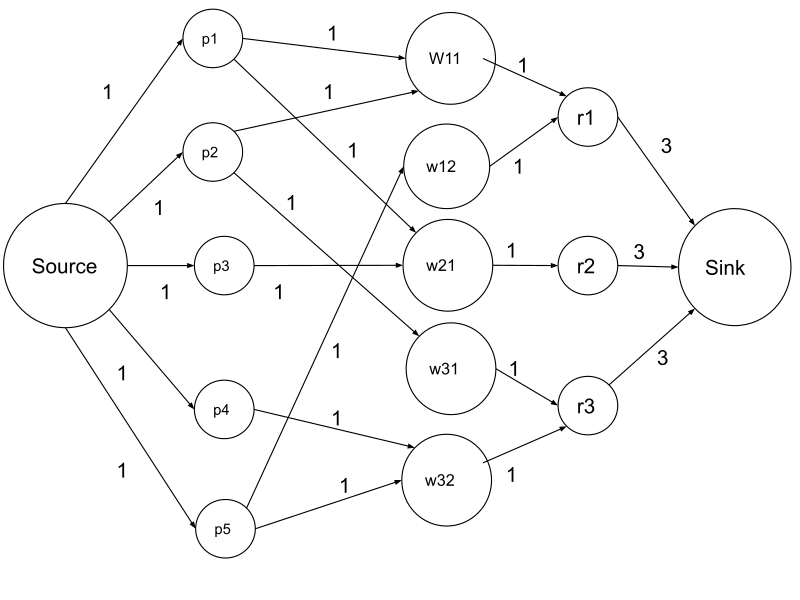Flow Graph is a #202204112118 that depicts the networking flow. The starting node is called a source (denoted \(s\)) whereas the ending node is called a sink (denoted \(t\)). Each edge has flow value (how many have flowed through) and maximum capacity (how much can flowed through), usually written in the format flow value/maximum capacity.

The maximum capacity for an edge must not be negative. The flow value for the edge should be less than or equal to the maximum capacity that it can allow, and the flow value from every edge must be initialised to 0 before the #calculation.
Somtimes, it will be incorporated into 202206091605#.